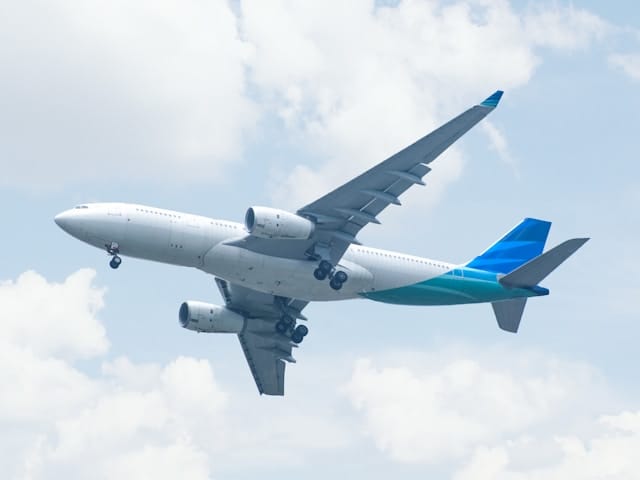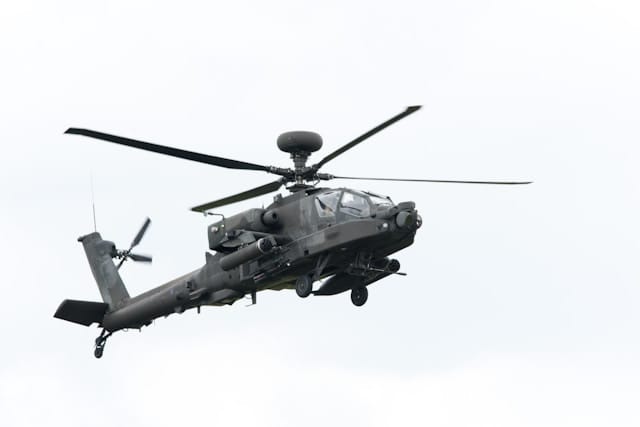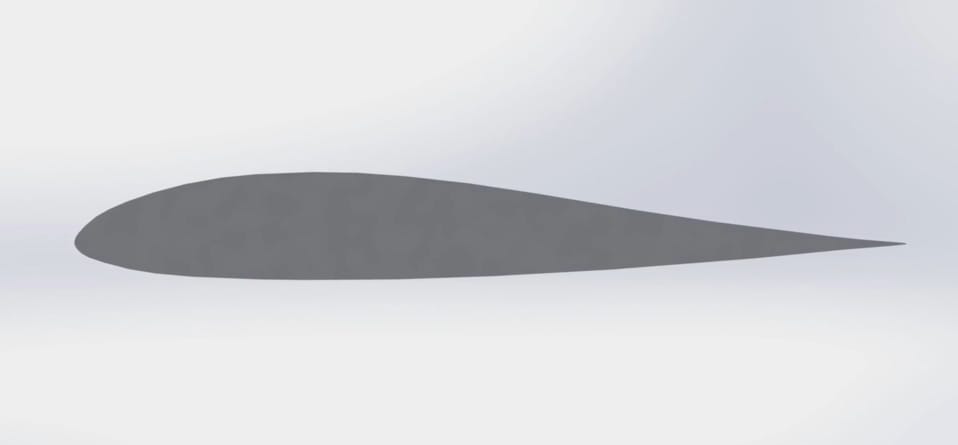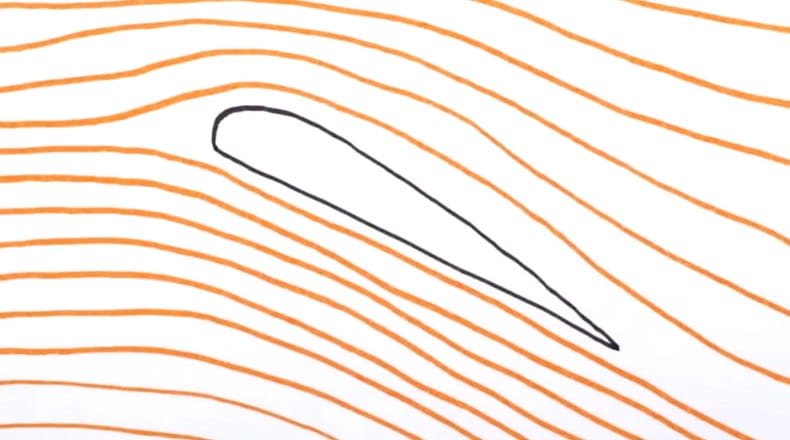How Do Airplanes Fly? The Science Behind Flight

We all know how a helicopter flies. The helicopter has a very large, powerful propeller. This spins and pushes the air downward. When the air pushes downward in this way, according to Newton's third law, an equal and opposite force is exerted on the helicopter.

That's when it can go up. And that's how Newton's third law applies to angular momentum, which means it applies to things that are rotating. So when this helicopter's blade rotates in one direction, the helicopter starts rotating in the other direction. To balance that, there is another small propeller attached to the side of the tail of this helicopter.

How Do Airplanes Fly: The Four Forces of Flight
Not like helicopters, On a plane, the propellers are mounted at the back. Then it can push the gases back. Then, according to Newton's third law, the plane can move forward. But how does a plane go up? A plane's wing is made in a special shape, we call it an airfoil. It's flat on the bottom, but slightly curved on top. So as the wing moves through the air, it splits the airstream into two. In order for these two separated air streams to come back together behind this wing, the air stream moving above has to move a little faster.

You probably already know that according to Bernoulli's principle, when a stream of air like this moves faster, the pressure there decreases. This decrease in pressure causes an upward force to be exerted on this wing. That's why this plane is able to move upward.
So many of you have probably heard this explanation before. But it's not a 100% accurate explanation. There is no rule that says that when a wing like this, an airfoil, splits into two as it moves through the air, it has to come back together behind the wing.
The Coanda Effect: A Key to How Airplanes Fly
How do Airplanes fly? The special shape of the wing of a plane like this, that is, this airfoil, causes the airflow moving over it to curve slightly. We call this the Coanda Effect. You can test this Coanda Effect at home. And you can also do interesting things with it.
So, due to this Coanda Effect, the air flow moving above is curved and directed downwards. So, since this air flow is directed downwards, an equal and opposite force is exerted upwards on the plane as Newton's third law depicts. That's why a plane can fly up.
Attacking Angle: How It Helps Airplanes Fly
You've probably noticed that the wings of airplanes like this are turned up a little bit. We call this the attacking angle. So this way, you can direct more air downwards. And you can get more power upwards. And this is how these planes can control the downward airflow by changing the attacking angle on their wings. That's why airplanes are able to fly at the required altitude.

Similarly, if we observe the air currents moving around an airfoil like this, we can see that those air currents are divided into two by this airfoil, with one air current moving below and the other air current moving above.
But the explanation we often hear is that these two air currents don't come back together behind this wing. The air current moving above is moving several times faster than the air current moving below.
So, because the air flow above these wings is moving faster, according to Bernoulli's principle, the pressure there decreases. Therefore, an upward force is created on this plane.
So whether we use Newton's third law or Bernoulli's principle to calculate the upward force on this airplane, we get the same answer. So from this we can understand that there are two explanations for this same phenomenon.